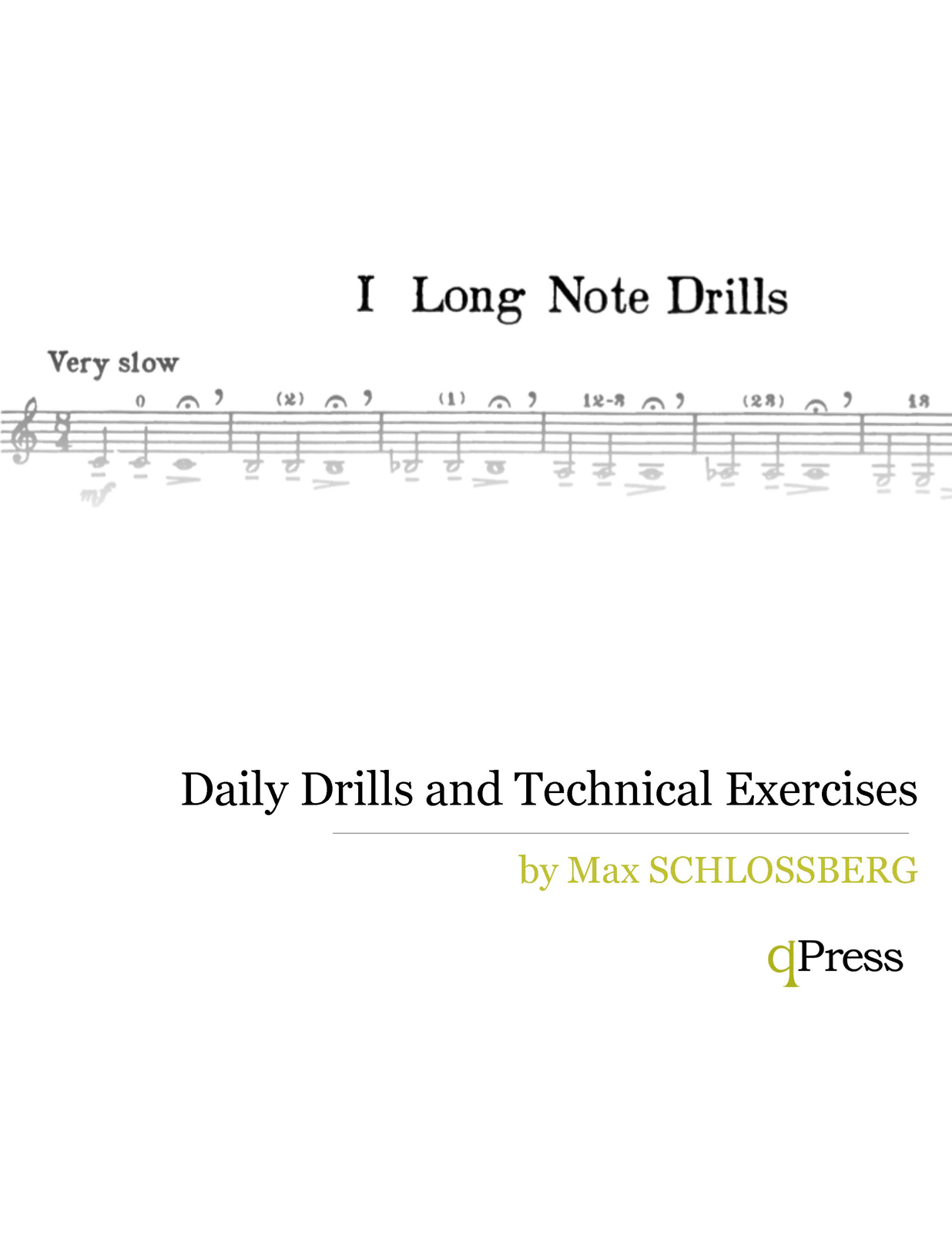
Sachse 100 Etudes Pdf Merge
PDF Download PDF. Standard PDF [12 MB] Extended PDF [20 MB] Figures. Figure Viewer; Download Figures (PPT). Elucidating the neuronal architecture of olfactory glomeruli in the Drosophila antennal lobe. Etude de l’origine du citronellol dans les vins. 1992; 26: 177-184. Model studies based on these measurements indicate that. Function (pdf) of CO mixing ratios from the merged data. (OH) = 1x 100 molecules cm-3 is the 24 hour mean. Shipham, and C. Hudgins, Summertime.
Pronunciation training studies have yielded important information concerning the processing of audiovisual (AV) information. Second language (L2) learners show increased reliance on bottom-up, multimodal input for speech perception (compared to monolingual individuals). However, little is known about the role of viewing one's own speech articulation processes during speech training. The current study investigated whether real-time, visual feedback for tongue movement can improve a speaker's learning of non-native speech sounds. An interactive 3D tongue visualization system based on electromagnetic articulography (EMA) was used in a speech training experiment. Native speakers of American English produced a novel speech sound (/ ɖ/; a voiced, coronal, palatal stop) before, during, and after trials in which they viewed their own speech movements using the 3D model.
Talkers' productions were evaluated using kinematic (tongue-tip spatial positioning) and acoustic (burst spectra) measures. The results indicated a rapid gain in accuracy associated with visual feedback training. The findings are discussed with respect to neural models for multimodal speech processing. Participants and stimuli Five college-age subjects (three male, two female) with General American English (GAE) accents participated in this study.
All talkers were native speakers of English with no speech, hearing, or language disorders. Three participants had elementary speaking proficiency with a foreign language (M03, F02: Spanish; F01: French). Participants were trained to produce a novel consonant in the /ɑCɑ/ context while an electromagnetic articulograph system recorded lingual movement. For this task, we selected a speech sound not attested as a phoneme among the world's languages: a voiced, coronal, palatal stop. Unlike palatal stops produced with the tongue body, found in languages such as Czech (/c/ and / /), subjects were asked to produce a closure with the tongue anterior (tip/blade) contacting the hard palate. This sound is similar to a voiced retroflex alveolar /ɖ/, but is articulated in the palatal, not immediately post-alveolar region.

As such, it may be represented in the IPA as a backed, voiced retroflex stop: / ɖ/. Attested cases appear rarely in the world's languages and only as allophones. For instance, Dart () notes some speakers of O'odham (Papago) produce voiced palatal sounds with (coronal) laminal articulation, instead of the more usual tongue body articulation (see Supplementary Materials for a sample sound file used in the present experiment). Stimuli were elicited in blocks of 10 /ɑCɑ/ production attempts under a single-subject ABA design. Initially, the experimental protocol called for three pre-training, three training, and three post-training blocks from each subject (for a total of 90 productions). However, because data for this study were collected as part of a larger investigation of stop consonant productions, there was some subject attrition and reduced participation for the current experiment. Centrafuse software interface definition.
Thus, the criterion for completion of the experiment was changed to a minimum of one block of baseline (no feedback) probes, 2–3 blocks of visual feedback training, and 1–3 blocks of post-feedback probes, for a total of 40–80 productions from each participant. All trials were conducted within a single experimental session lasting approximately 15 min. Procedure Training sessions were conducted in a quiet testing room at the University of Texas at Dallas. Each participant was seated next to the Wave system, facing a computer monitor located approximately 1 m away.